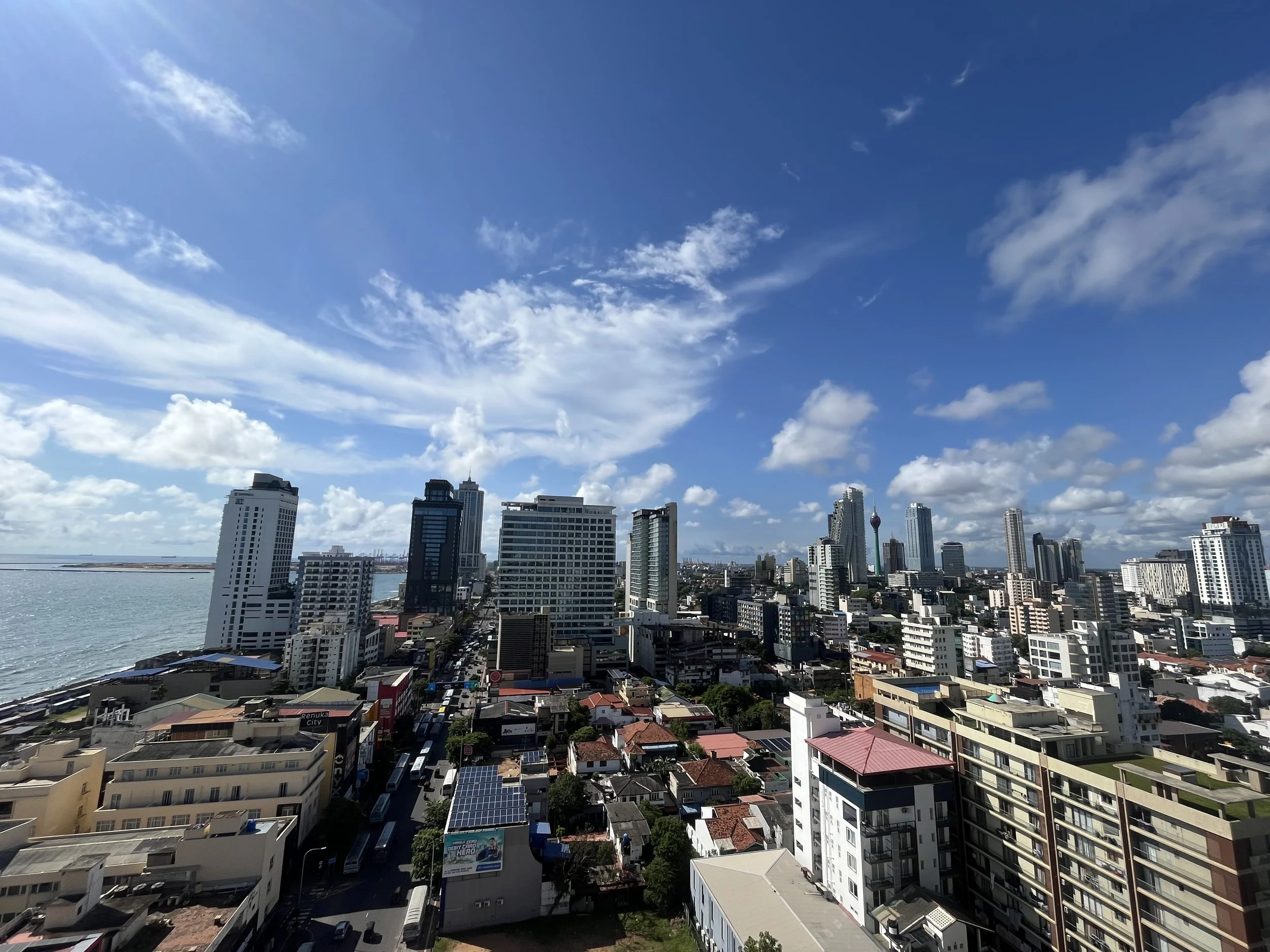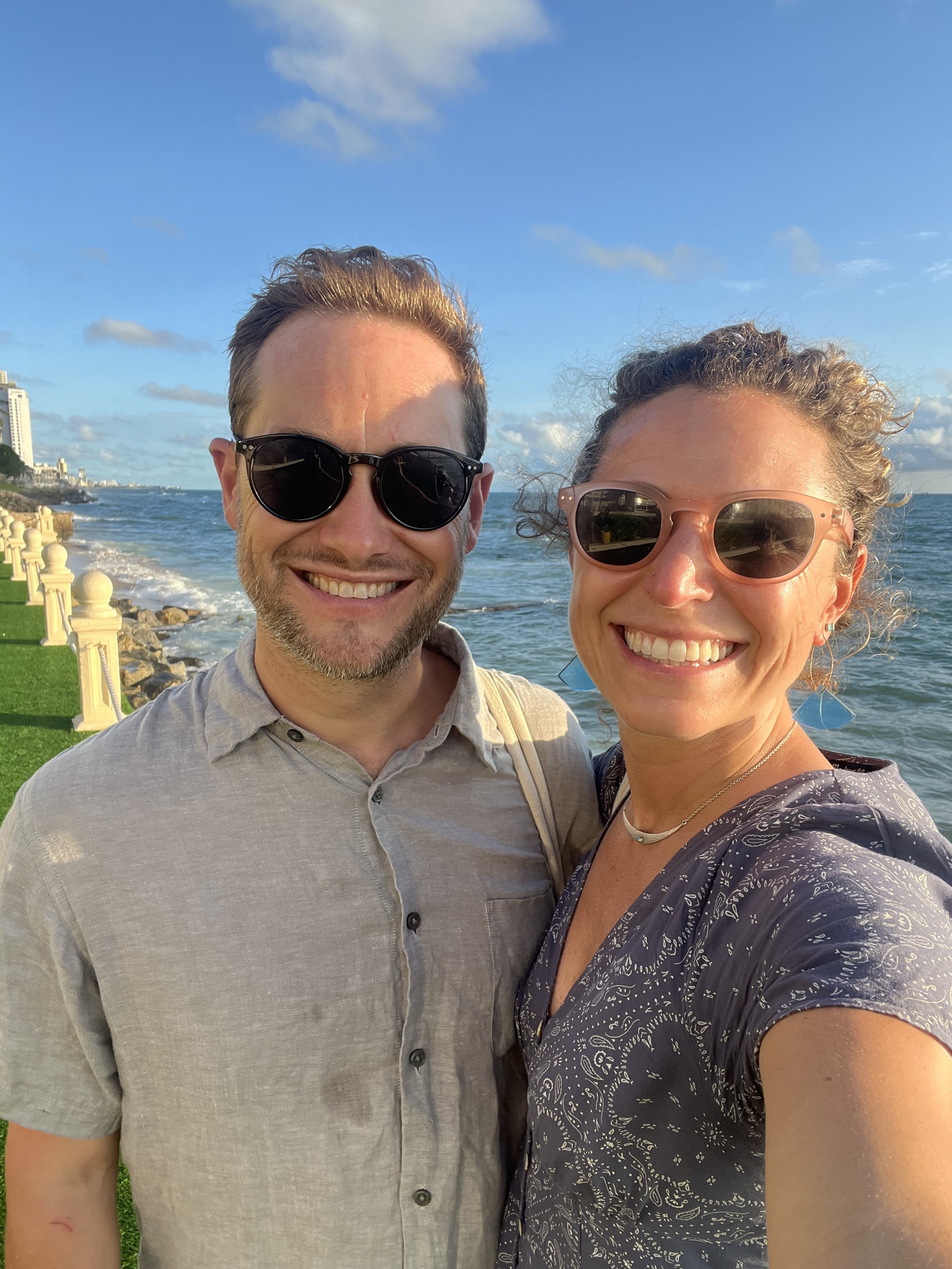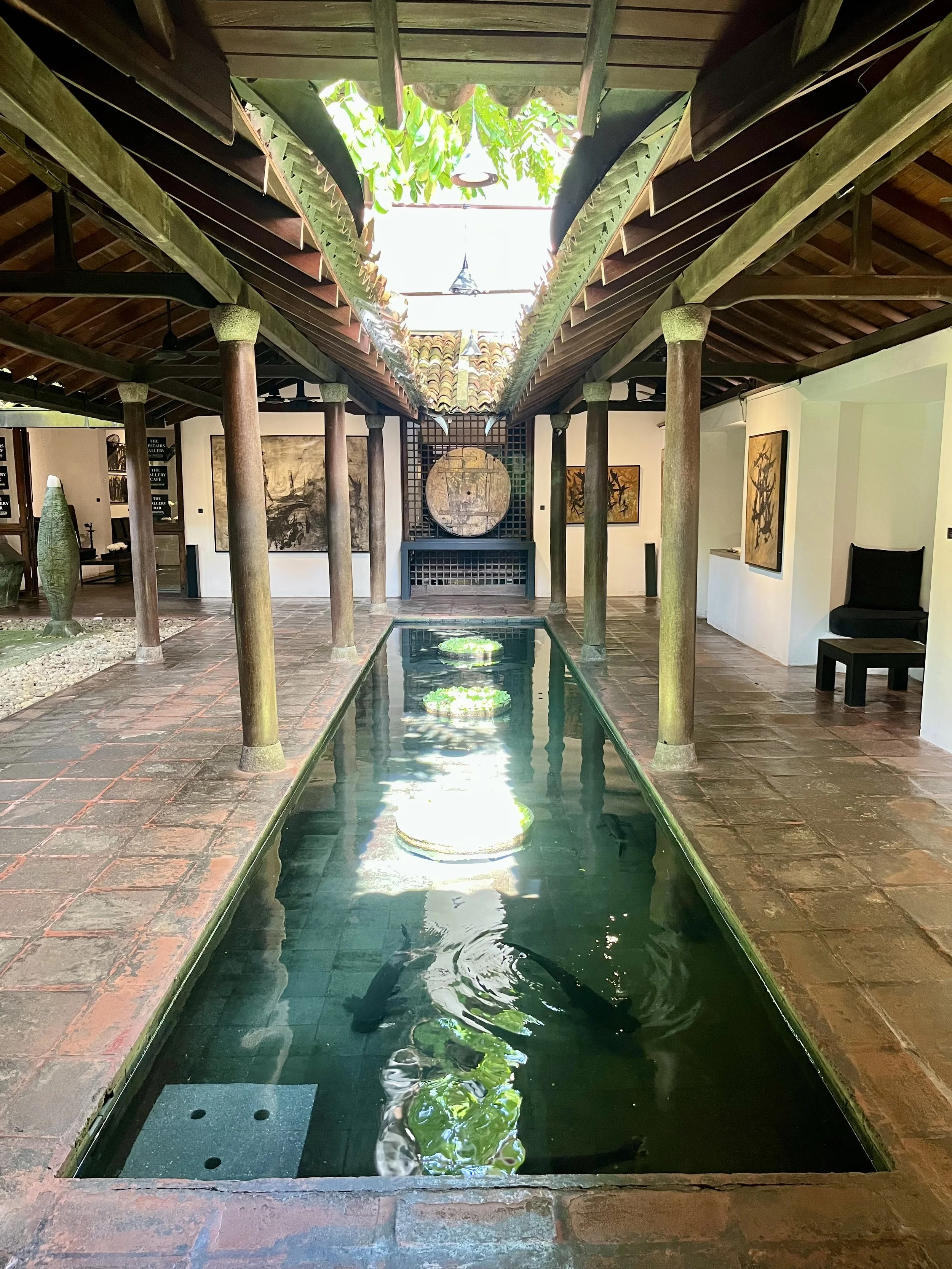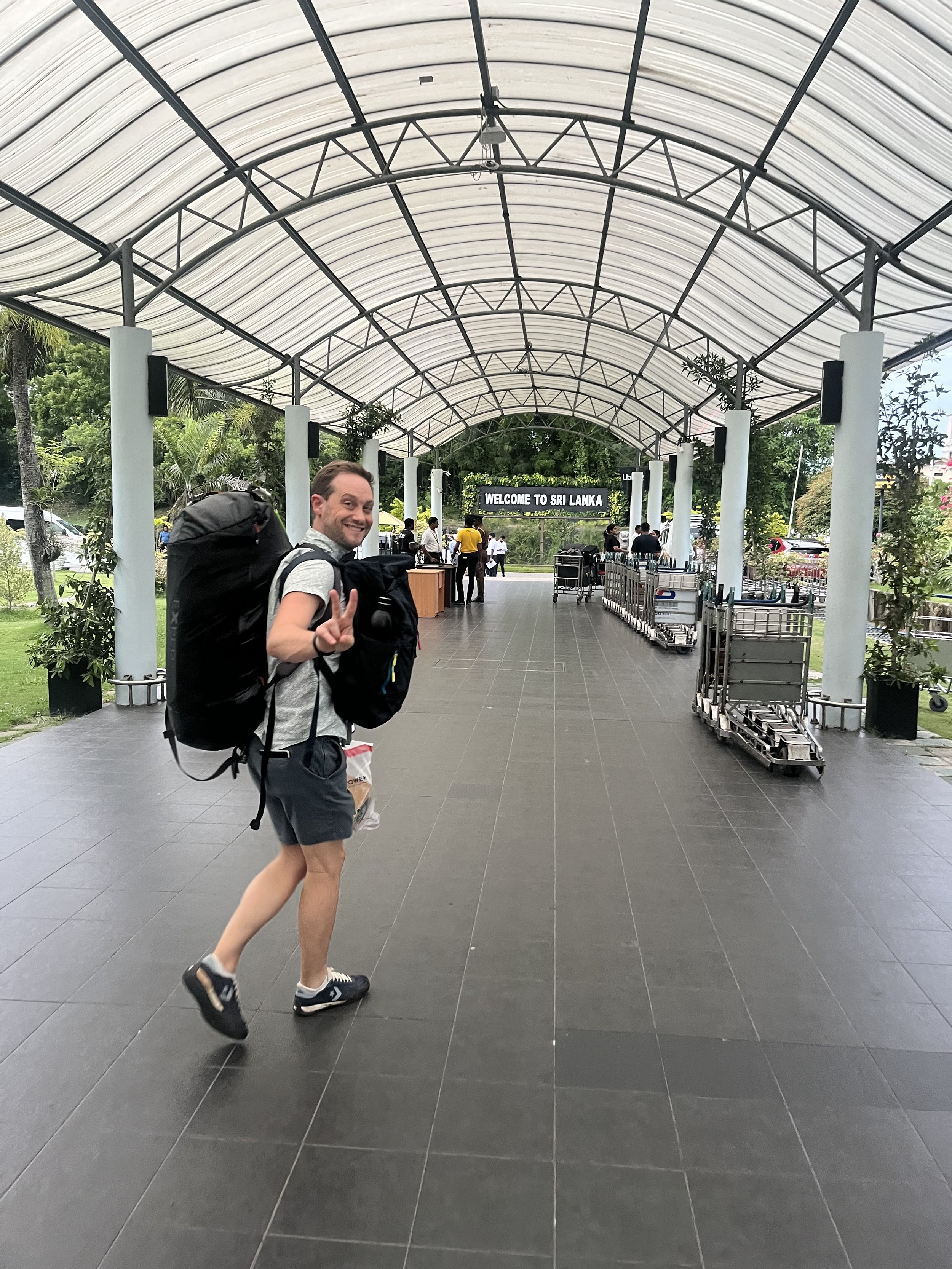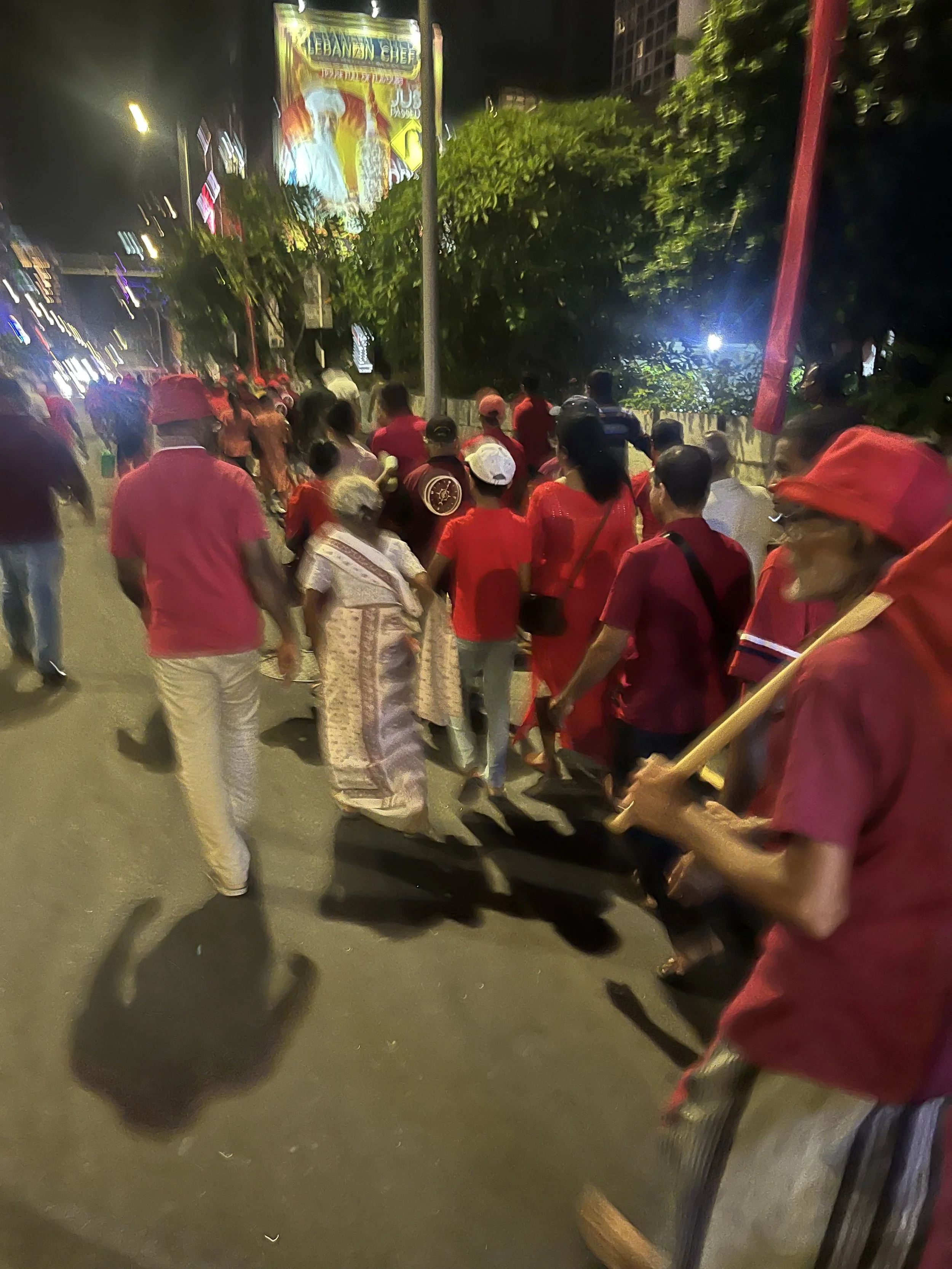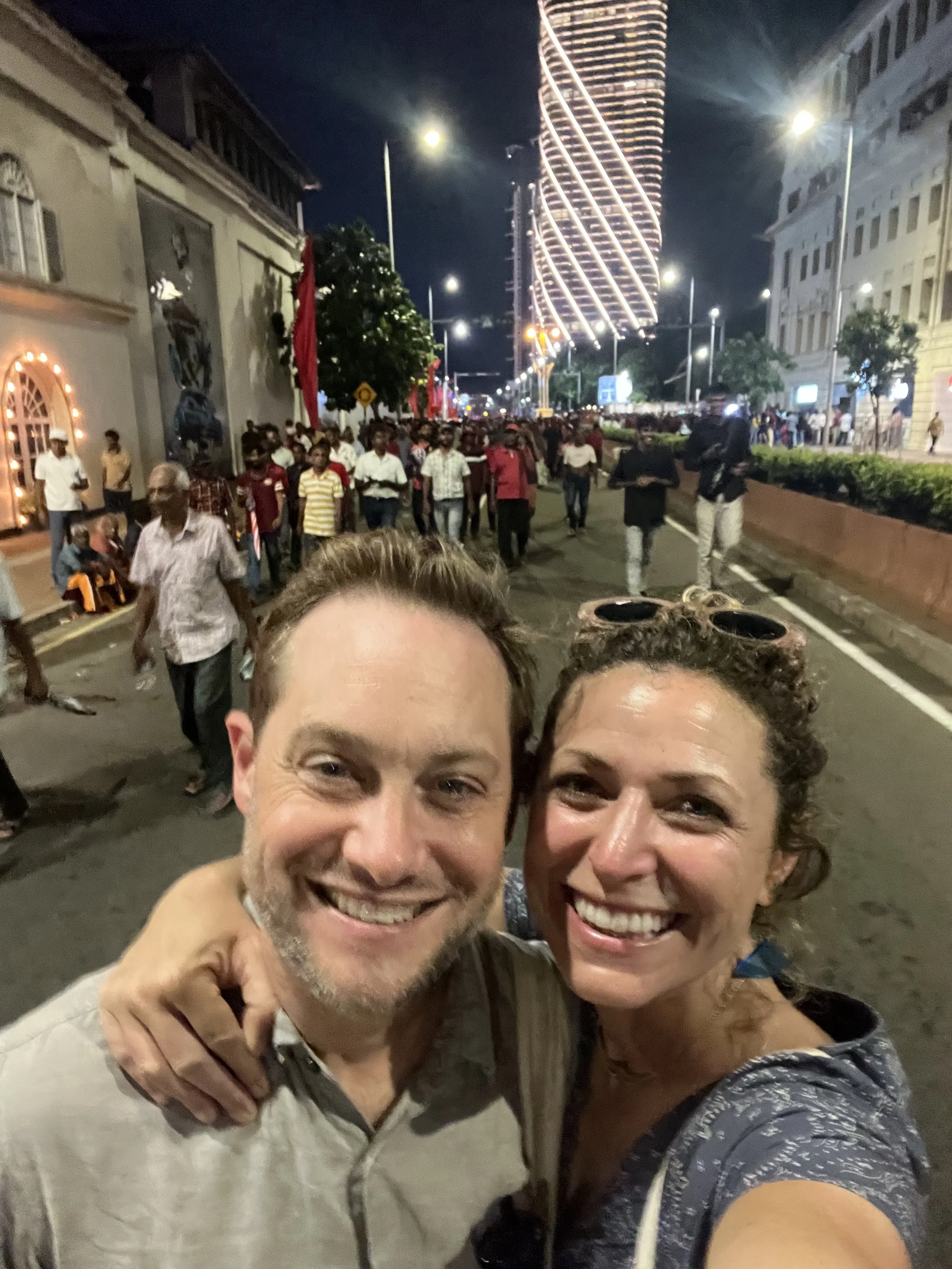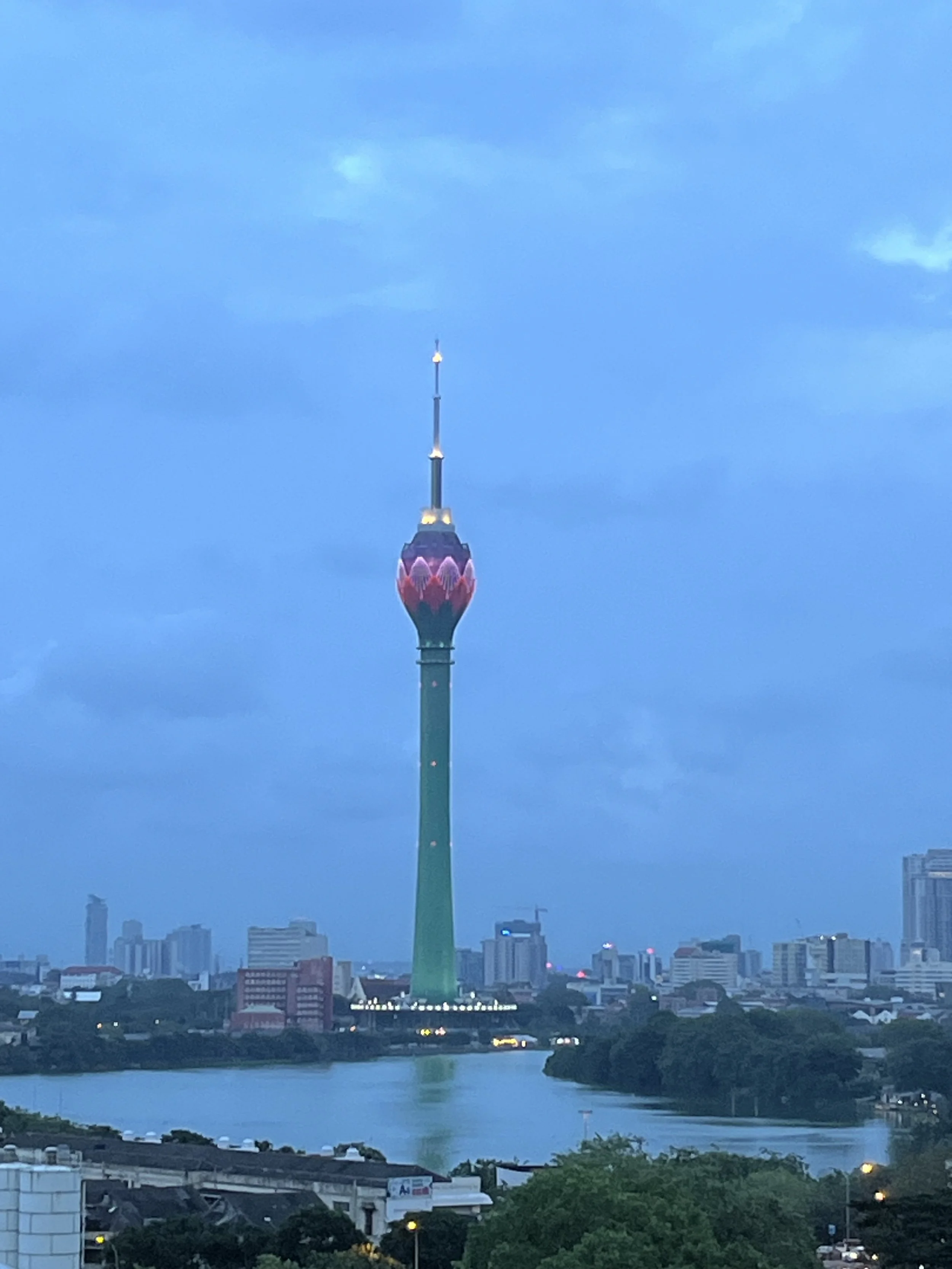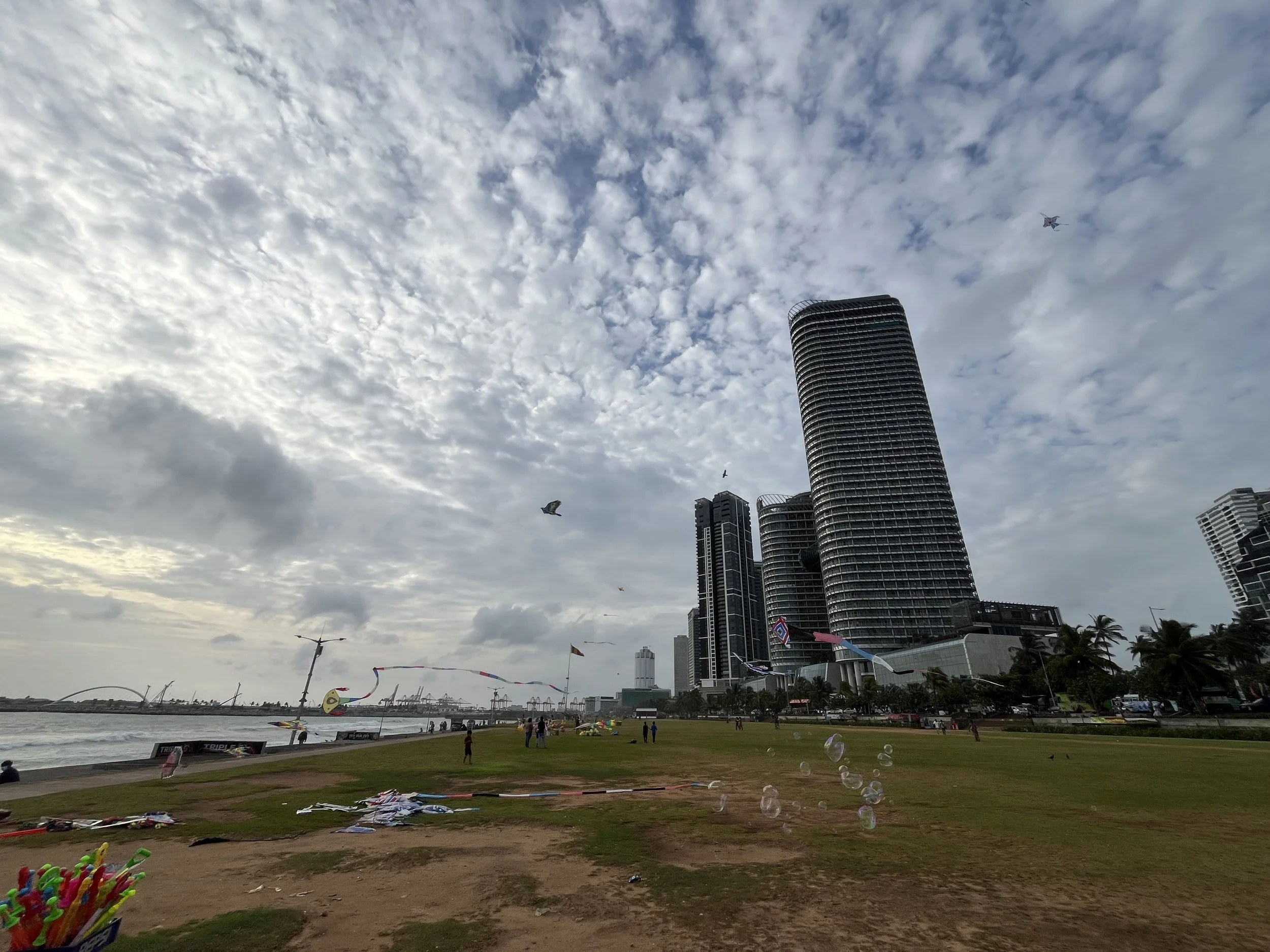Chapter 5.1: Sri Lanka - Colombo
Our month in Sri Lanka was many things – beautiful, challenging, moving – and maybe my favorite country of the entire trip. But before I jump in, including some Sri Lanka framing here, as I’ve found it really hard to think and write about experiences without the the context (and I’ve found this also helps me process and remember details).
Sri Lanka is a relatively small island, just south of India, but completely distinct its identity, culture, food, and history. For such a compact country, it holds a lot: ruins from three ancient kingdoms, beautiful beaches, rainforests, and lush hills covered in tea plantations.
Its history follows a sadly familiar arc… colonized three times over the course of 500 years: first by the Portuguese, then the Dutch and lastly the British. And like in many colonization stories, the British favorited an ethnic minority – the mostly Hindu Tamils – leading to a backlash after independence that resulted in the Sinhala majority (mostly Buddhist) almost immediately passing laws to aimed at easing Tamil identity. Decades of ethnic tensions eventually erupted into what is officially called a “civil war” though most in the international community recognize it has a genocide of the Tamils.
Both sides used brutal tactics and committed atrocities – the Tamil Tigers, for example, pioneered the widespread use of suicide bombings – but the state-sanctioned mass killings and systematic erasure of Tamil culture left between 150,000 and 250,000 civilians dead. The conflict ended in 2009 with the defeat of the Tigers, but there has been no meaningful reckoning for human rights abuses. One of the hardest things to grasp while traveling in Sri Lanka was how recent this violence was, how fresh it still is in the national memory—and yet, how invisible it is. We happened to be there on the anniversary of the final massacre that ended the war (May 18 2009) and it was just like any other day of the year. There are no museums, memorials, or open conversation – none of the usual ways you start to understand a country’s grief.
Most recently, Sri Lanka also went through an economic crisis in 2022 that led to mass protests, significant social change and the eventual election of the current leftist president who is popular across Singha - Tamil communities.
Which brings me to our perfectly timed arrival in Colombo.
Colombo
We landed in the late afternoon, grabbed quick showers, and made it to the rooftop just in time for sunset beers and a view of the city skyline, including the famous Lotus Tower, the 19th highest tower in the world, which lights up in pinks and greens all night.
The next day, my carefully planned walking tour unraveled almost immediately when we realized it was May 1—Labor Day—and nearly everything was closed. Among the ways we pumped ourselves up for Sri Lanka, we had recently rewatched Anthony Bourdain’s episode on Colombo and Jaffna (highly recommend for a quick snapshot of both the country and its conflict) and planned to retrace his steps along Galle Face Green, the long grassy promenade on the oceanfront, ideally at sunset with greasy street snacks in hand.
But as we headed towards the Green in the late afternoon, we noticed the crowd around us swelling—and everyone was wearing red. It turned out Sri Lanka’s new president, Anura Kumara Dissanayake (“AKD”), was holding a massive Labor Day rally there. We later met a Sri Lankan American who stopped us to chat, surprised to see foreigners in the thick of it. He was young, sweet and buzzing with excitement, telling us how lucky we were to “witness this moment in history”. Tens of thousands of people—both Sinhala and Tamil—had traveled from across the country to attend. The energy was palpable, and the hope surrounding the new president was everywhere. It was just one of those perfectly serendipitous travel moments.

